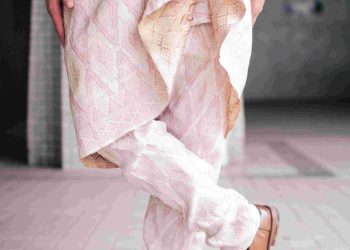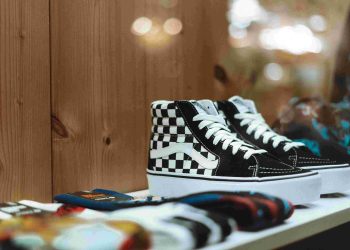Impact of Fast Fashion on Sustainable Practices
“Buy now, think later” has become the mantra of our consumer-driven society, but at what cost?
The fast-fashion industry, with its enticingly low prices and ever-changing trends, might seem like a modern miracle. Yet, beneath its glossy surface lies an inconvenient truth: it is one of the most pressing challenges to sustainability in the 21st century. Startlingly, it exploits environmental resources, ethical labor practices, and even our mental health priorities. The time has come to challenge conventional wisdom and ask: What are we really paying for when we purchase that $10 dress?
The Psychology Behind Consumption
Have you ever felt the sheer rush of buying something new? Neuroscientific research explains this phenomenon: shopping releases dopamine, the chemical responsible for pleasure and reward. Fast fashion capitalizes on this, offering a constant carousel of new designs that promise instant gratification. However, this endless cycle of consumption also feeds a dangerous pattern—value is no longer placed on quality or longevity, but on novelty and cheap thrills.
Philosopher Søren Kierkegaard proposed that consumerism can lead to what he termed “the sickness of modern life”—a perpetual dissatisfaction. Fast fashion doesn’t just harm our planet; it subtly teaches us to expect instant solutions to deeper existential questions. Why repair something meaningful when you can replace it with something fleeting?
Environmental Cost: More Than Meets the Eye

A lesser-known fact about fast fashion is its staggering environmental footprint. The industry produces 10% of all humanity’s carbon emissions and is the second-largest consumer of water worldwide. Polyester, a fabric heavily used by fast-fashion brands, sheds microplastics during washing. These microplastics find their way into oceans, infiltrating marine life and, ultimately, human food supplies.
Technology might provide some hopes of mitigation. For instance, innovations in sustainable materials and closed-loop recycling systems could pave the way for a greener tomorrow. However, such advancements require funding and consumer demand—elements currently overshadowed by the lure of cheap and disposable garments.
Hidden Human Costs
Behind every $5 t-shirt, there is a human story often overlooked. The fast-fashion industry relies heavily on labor practices in developing countries, where workers are frequently underpaid, overworked, and subjected to unsafe conditions. Investigative reports have revealed instances of child labor and modern slavery within supply chains. When was the last time we considered the hands stitching our clothes?
Business ethics demand scrutiny. For corporations to truly align with sustainable practices, they must move beyond profit-driven motives and embrace transparency. Imagine a world where brands proudly display their ethical labor policies and environmental impact—wouldn’t we then make more informed choices?
Challenging the Narrative
Traditional wisdom may frame fast fashion as an economically viable solution for middle and lower-income households, but this narrative merits re-evaluation. Are disposable clothes truly cost-effective, considering their short lifespan? Research suggests that investing in higher-quality, sustainable clothing saves money long-term while reducing waste.
We must also challenge the ingrained societal pressures that fuel overconsumption. Social media platforms, often the beacons of trend culture, exacerbate this dilemma by promoting “haul videos” and “shop the look” features. It’s time to redefine our relationship with clothing and focus on purpose rather than passing fads.
Future Trends: A Shift Towards Mindful Consumption
The good news is that change is already underway. Movements such as slow fashion and circular economy practices are gaining traction. Designers are increasingly exploring innovative approaches, including biodegradable fabrics and rental clothing services. Moreover, younger generations are driving the conversation around conscious consumption, challenging brands to adopt more sustainable operations.
Technology will also play a vital role. Imagine personalized apps that calculate the environmental impact of your wardrobe, or blockchain systems ensuring ethical production transparency. In this digital age, every shopping decision can become a contribution to sustainability.
Action Steps and Solutions
So what can individuals do?
-
Buy less, choose better:
Prioritize quality and timeless designs over quantity. -
Support ethical brands:
Research companies that align with sustainable practices and responsible labor policies. -
Extend the life of your clothes:
Repair or upcycle rather than discard, fostering a culture of reuse. -
Educate yourself:
Understand the impact of fast fashion and share your knowledge to inspire others.
Our choices make a difference. By prioritizing sustainability, we shift from passive consumption to empowered action. Fast fashion doesn’t need to dictate our values or our future.
Closing Thoughts
The fight against fast fashion is more than an environmental or social campaign—it’s about reclaiming the essence of thoughtful living. Let’s redefine the way we perceive clothing, rediscovering value in items that tell stories rather than trends. Together, we can weave a brighter, more sustainable tapestry for future generations, one choice at a time.












